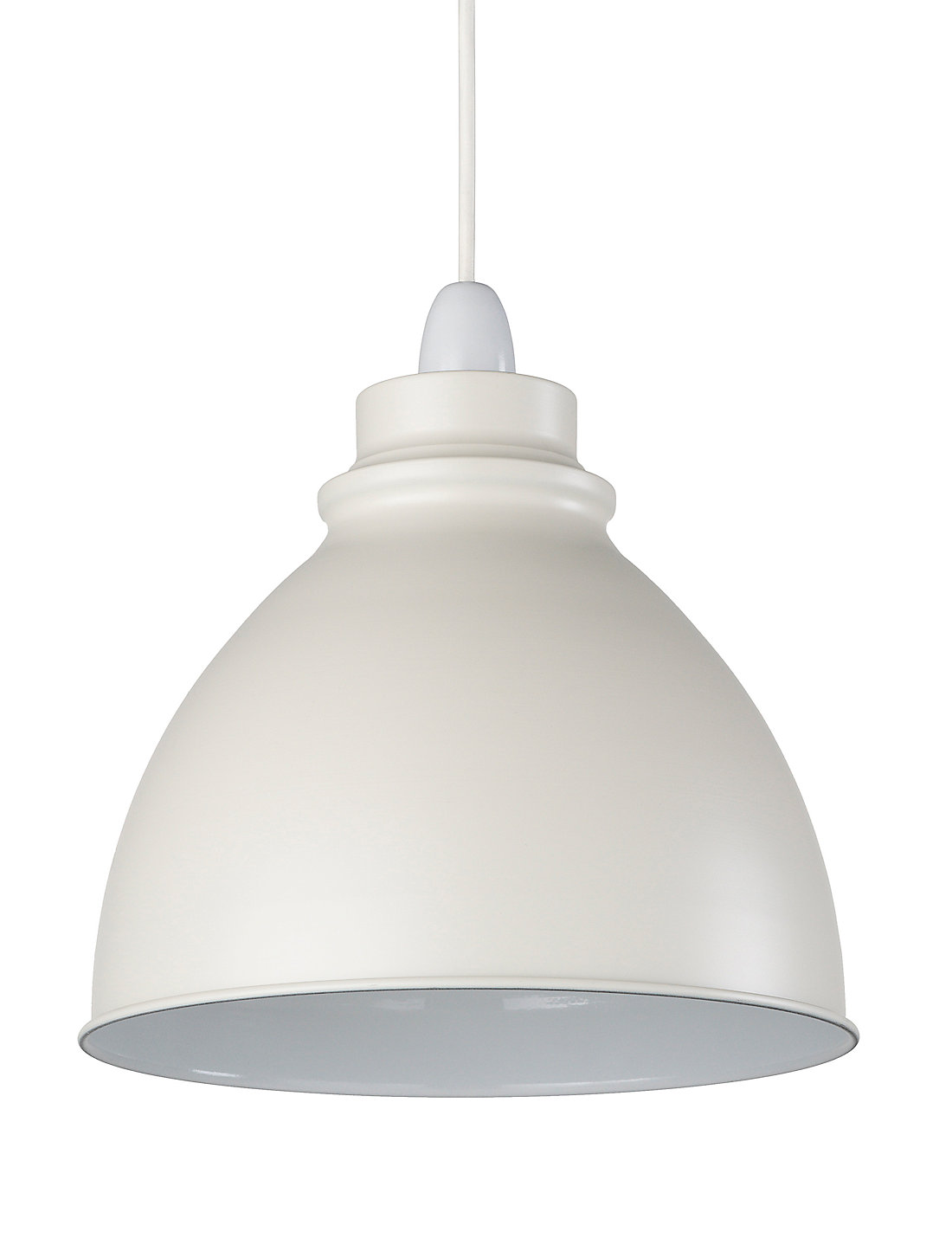
- #Lighting and shade control strategies manual
- #Lighting and shade control strategies code
- #Lighting and shade control strategies windows
Our Solar Shading can automatically adjust window shades based on the sun’s position throughout the day, leading to 10-30 reduction in solar heat gain. This information will give researchers the opportunity to investigate potential improvements in current technologies and their performance. By dimming the lights you can reduce the load on the cooling systems and realize both lighting and HVAC energy savings. The control strategies described can help building engineers and researchers explore different control methods used to control shading in actual buildings but rarely discussed in the literature. The results obtained show the control strategies enabled cooling energy savings of up to 40% using exterior shading, and lighting energy savings of up to 25%. The sun can be quite intense especially from midday to afternoon and light colored materials used in this climate are reflective. C405.2.5 Dimmer or scene control Lighting shall be capable of being reduced by at least 50 of maximum lighting power.
#Lighting and shade control strategies code
See code for spaces that allow remote location of control.
#Lighting and shade control strategies manual
There shall be at least one manual device for control of the lighting within a space. The analysis was performed for three different vintages of medium office buildings at six different locations in United States. 4.2.2 Shading from vegetation and roofs Shading of buildings as well as pedestrians should be considered when designing in hot and humid climates. 1 Switch Lighting shall be capable of turning ON and OFF. blinds that do not close completely, may achieve daylighting goals but should provide. This study uses integrated daylight and whole-building energy simulation to evaluate the performance of various control strategies that the shading industry uses in commercial office buildings. electrical lighting completely, the best proven strategy is to. The topic merits an analysis that will help building owners, designers and engineers, and utilities make informed decisions using knowledge of the impact of this technology on energy consumption, peak demand, daylighting, and occupant comfort.

However, the benefits of the automated shades currently used by the shading industry are not well studied. An automated window shading system with an appropriate control strategy is a technology that can reduce energy demand, maintain occupant comfort, and enhance the aesthetics and privacy of the built environment. return to the energy-saving dim state when the area becomes unoccupied again. raise lamp output and power when the area is occupied and. Highly efficient window technologies would also need shading devices for glare prevention and visual comfort. automatically reduce lighting power at a certain time of night 2. However, window retrofits are not often undertaken to increase energy efficiency because of the high cost and disruptive nature of window installation.

#Lighting and shade control strategies windows
It is estimated that windows contribute up to 34% of the energy used for heating and cooling.

Commercial buildings consume approximately 1.9 EJ of energy in the United States, 50% of which is for heating, cooling, and lighting applications.


 0 kommentar(er)
0 kommentar(er)
